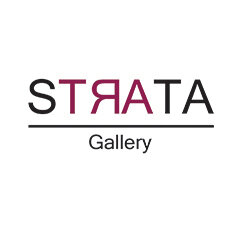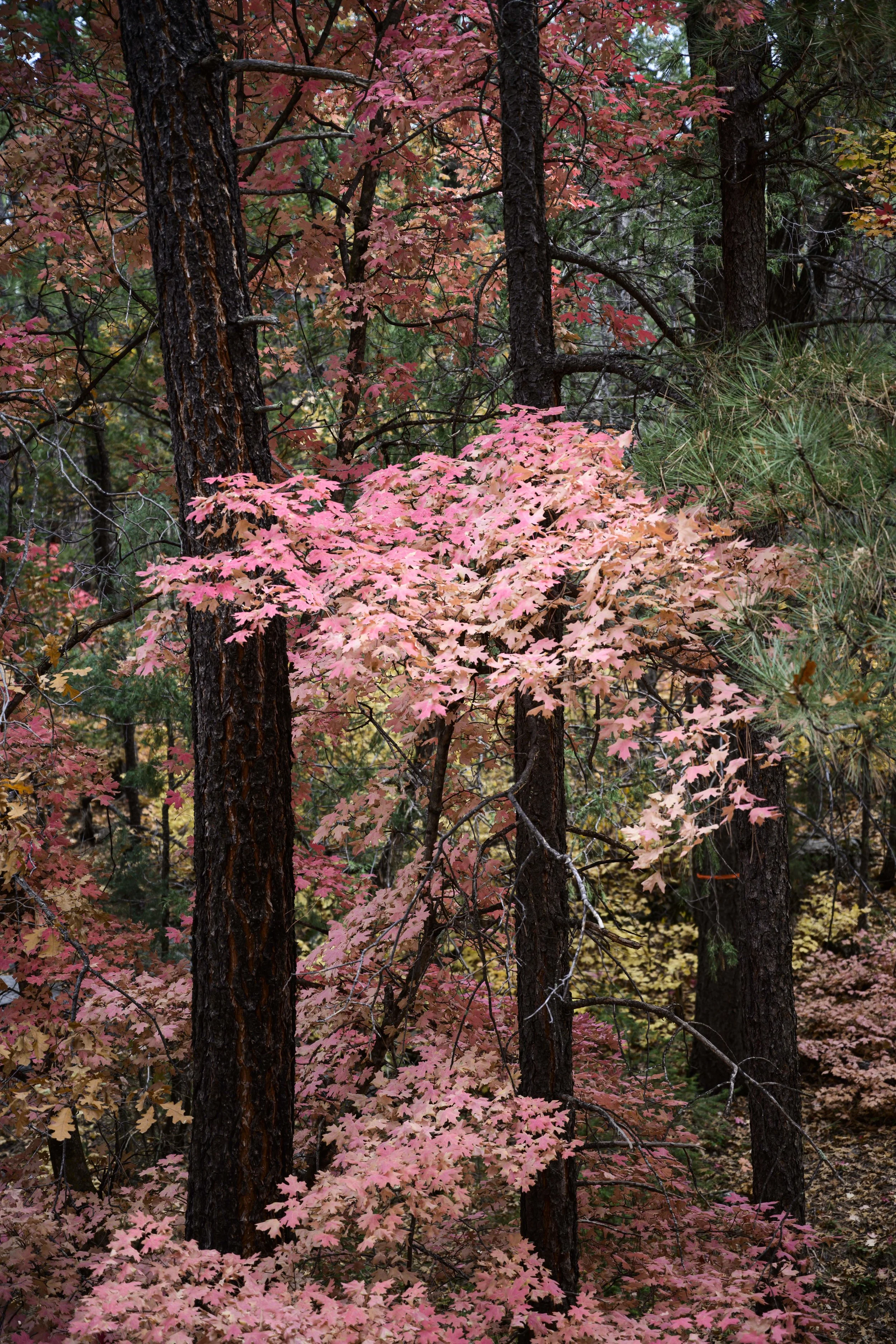
Michael Donnelly
Bio
A Santa Fe and Los Angeles film industry professional and personal photographer, Michael is from New Jersey, raised near Chicago, and a long-term resident of Mexico City where he studied and taught. Relocating to Los Angeles in the 1970s, he made a career as a producer and educator. His photo and film work remain highly influenced by the people, history, and culture of Mexico. He has resided in Santa Fe since 2008. Self-taught, his photo work in landscape, architecture, performance, Americana, and social justice has been exhibited at PhotoLA, ANMPAS Albuquerque, Carrizozo, Pasadena, Santa Fe, and Santa Monica. Photo essays include American Ranch Rodeo, Environment, Immigration, and Walt Disney Concert Hall.
Statement
With my cinema training, I seek context and story in single images or across a unified photographic series. I like dramatic, playful, or even ironic images and technical craft. I shoot film and digital media, different camera formats, and finish in B&W and color. I mostly compose in-camera, then freely post-produce to enhance, not manipulate the original image. I print on semi-gloss or matte archival papers. Other than the occasional HDR composite, replacement and layering do not figure in my work.
While context and core images may alone be enough for an engaging photo, amplifying other photographic elements can make a composition more special. I mostly shoot pictures for myself, so I explore color, density, leading lines, contrast, scale, form, repetition, and juxtapositions, or even assume a narrative outside the frame. Thus balanced, any element of a shared environment may become a photo’s primary interest. A viewer can then pick any point of immersion to broaden their own experience - more like a visual dialogue than a polemic demand.
Perspective
Portraiture aside, early masters Adams, Weston, Evans, Lange, and Porter also found compelling compositions inherent in rocks, trees, vegetables, buildings, seashells, and even road signage, each applying rigorous craft using light, contrast, color, and scale to make formal social statements or natural abstractions. Cartier-Bresson’s Decisive Moment later suggested that core images thrive within an opportune balance of photographic elements to reveal moments of a larger continuum. Street, fashion, and pop culture were freed to choose more inventive and less photojournalistic expressions in commercial and personal photography. Now as then, technology, social activism, conservation, and craft remain drivers of inspired photography, once a rarified province of dedicated practitioners.
Everyone now shares visual literacy and common access to creative tools that demystify craft. All too often, the results defy thematic analysis. Does this floodgate coupled with unfettered social license threaten to blur art and spam, or worse, empower pervasive media? Sure, but innovation is discovery, and what a person saw and how they felt matters. Over time, intention, success, and failure build a body of work even if just being there has always been part of it. Ironically then, a thoughtful photographer may matter more than ever. Classic benchmarks still resonate in the modern works of Sebastiao Salgado, Christopher Burkett, Cindy Sherman, William Eggleston, Annie Leibovitz, Shirin Neshat, Sally Mann, Julie Blackmon, and so many non-Western artists. We should learn from their work, and discover their worlds, compositions, colors, rhythms, and subjects. And for today’s lucky dog shooter or rigorous artist, media-wary viewers still desire engagement, honest, and compelling images, and they know the difference. Good thing as there is a lot to see.
Walt Disney Concert Hall 31 2003
Walt Disney Concert Hall 31a 2012
Walt Disney Concert Hall 30 2003
Cabezon Crescent Storm 2009
Estancia Wind Storm 2023
Three Storms over Abiquiu 2021
Fourth of July Autumn 2023
Once Upon a Time HDR 2017
Apen Vista After the Peak 2017
Airborne - American Ranch Rodeo 2009
To the Rescue - American Ranch Rodeo 2012
Cowboy Up - American Ranch Rodeo 2010












